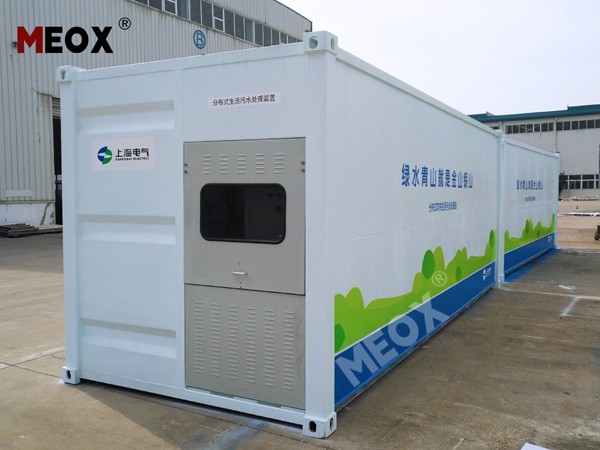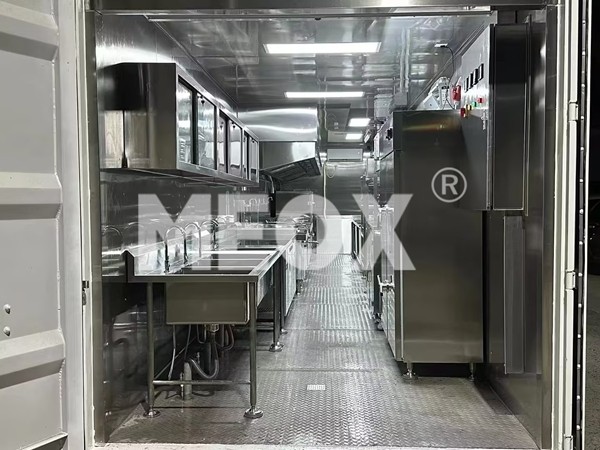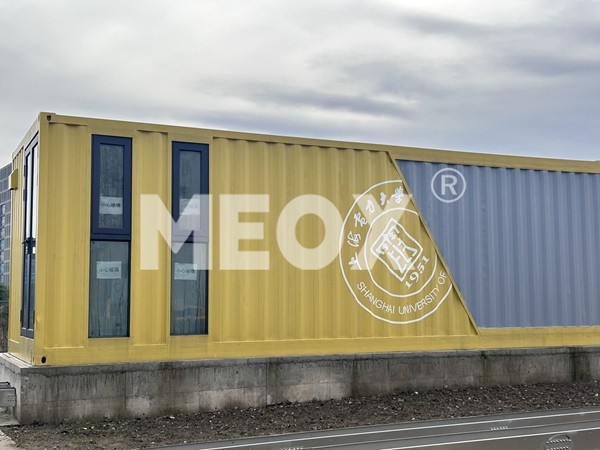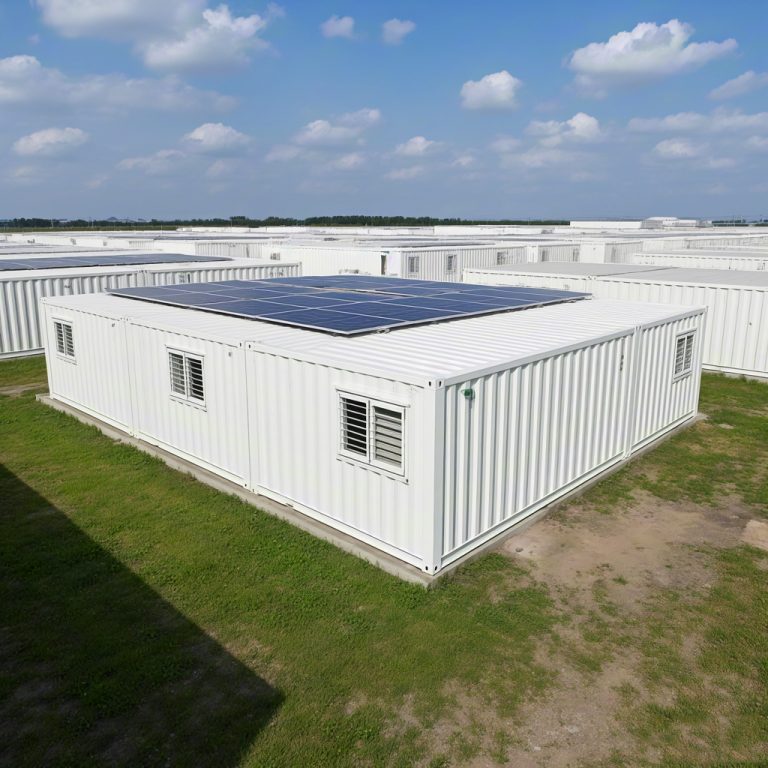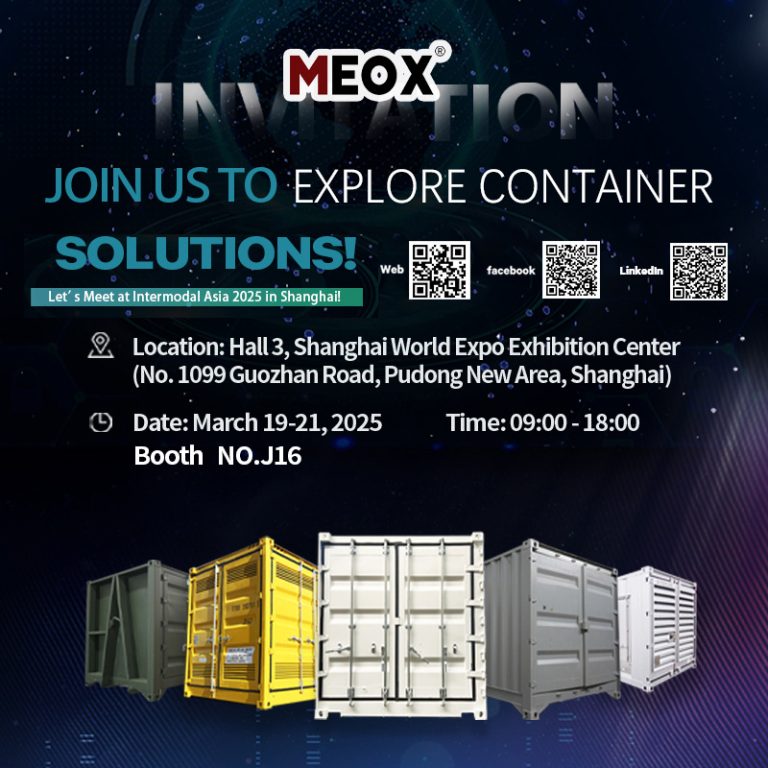As the world shifts toward renewable energy, the need for effective energy storage solutions has never been greater. An energy storage container provides an innovative way to store electricity for later use, ensuring that energy is available even when production is low, such as at night or during cloudy days. These containers, often built using modified shipping containers, are emerging as an ideal solution for both residential and commercial energy storage needs. In this article, we’ll explore what energy storage shipping containers are, how they work, and what you can expect in terms of energy storage container price.
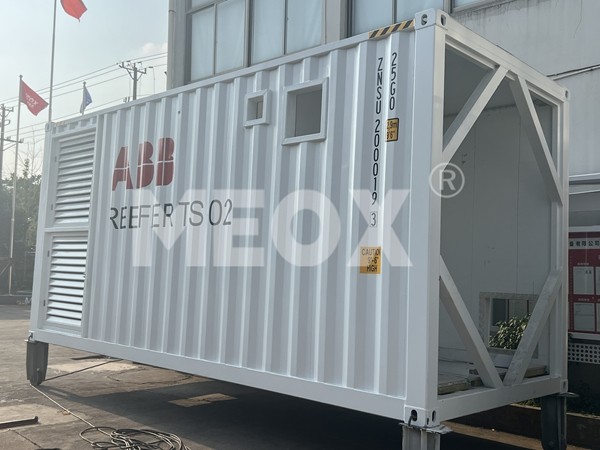
What is an Energy Storage Container?
An energy storage container is a large, transportable unit that houses the equipment needed to store and distribute energy. These containers can store electricity generated from renewable sources such as solar panels or wind turbines, providing a stable supply of power even when the energy source is intermittent. The storage is typically in the form of batteries, although other energy storage systems like flywheels or compressed air systems can also be used. The container is designed to protect this equipment from the elements while offering easy deployment and scalability.
When we talk about energy storage shipping containers, we’re often referring to modified shipping containers that have been customized to house batteries, inverters, controllers, and other components of energy storage systems. These shipping containers are perfect for housing large-scale energy storage systems because they are durable, secure, and portable.
Benefits of Energy Storage Containers
Scalability One of the key advantages of an energy storage container is its scalability. These containers can be deployed in a modular fashion, meaning more units can be added as needed to meet growing energy demands. For businesses, this allows them to expand their energy storage capacity over time without needing to invest in a large, one-time setup.
Cost-Effective Energy storage containers built from shipping containers are relatively inexpensive compared to traditional energy storage methods. The containers themselves are often available at low cost, especially if they are repurposed used units. When combined with energy storage technology such as lithium-ion batteries or lead-acid batteries, they offer a more affordable option for those looking to store energy without the hefty price tag of custom-built storage facilities.
Portability and Flexibility Since energy storage shipping containers are mobile, they can be transported from one location to another with ease. This makes them ideal for temporary setups or remote locations where a traditional energy storage solution might not be feasible. Whether it’s for construction sites, emergency backup, or remote communities, the portability of these containers offers unmatched flexibility.
Durability Shipping containers are designed to withstand harsh conditions during transportation, meaning they can endure extreme weather conditions and are robust enough for long-term use. This durability ensures that the energy storage container will protect its contents over the years, reducing the need for costly repairs or replacements.
Sustainability Many energy storage containers are designed to store renewable energy, which supports a more sustainable energy grid. These containers play a vital role in reducing reliance on fossil fuels by helping to stabilize energy supply from renewable sources, contributing to environmental sustainability.
Types of Energy Storage Systems Used in Containers
The type of energy storage system used in a shipping container will depend on the specific needs of the user. Common types include:
Lithium-Ion Batteries Lithium-ion batteries are one of the most popular types of energy storage solutions for energy storage containers. Known for their high energy density and long life cycles, they are ideal for both residential and commercial energy storage systems. Lithium-ion systems are typically more expensive than other battery types but offer excellent performance.
Lead-Acid Batteries Lead-acid batteries are another common option, though they are less efficient than lithium-ion batteries. These batteries are more affordable but have a shorter lifespan and lower energy density. They are often used in smaller-scale systems or in situations where cost is a primary concern.
Flow Batteries Flow batteries store energy in liquid form and are ideal for larger-scale storage. These systems offer long-duration storage, meaning they can discharge energy over extended periods. However, flow batteries are less common in energy storage containers due to their complexity and higher cost.
Flywheel Energy Storage Flywheel storage systems store energy by spinning a rotor at high speeds. These systems offer high efficiency for short-term energy storage but are not suitable for long-duration applications. While they are used in some energy storage shipping containers, they are generally not as widespread as battery-based systems.
Compressed Air Energy Storage (CAES) CAES involves compressing air and storing it in underground caverns or large containers. The air is released to generate electricity when needed. While CAES is not as commonly used in shipping container energy storage, it is a promising technology for large-scale energy storage.
Energy Storage Container Price: What to Expect
When considering an energy storage container, the price will vary depending on several factors, including the size of the container, the type of energy storage system it uses, and the level of customization required. Below is an estimate of what you can expect to pay for different types of systems:
Basic Shipping Container Setup A basic shipping container (20-foot or 40-foot) can cost anywhere from $1,500 to $5,000, depending on whether it’s new or used. This price is just for the container and doesn’t include the cost of the energy storage system inside.
Energy Storage Systems The price of the energy storage system (batteries, inverters, controllers) can vary widely. For example:
- A small-scale lithium-ion system could cost around $5,000 to $20,000 for a residential setup.
- Larger commercial-scale systems may run from $50,000 to $500,000, depending on capacity and technology.
Customized Energy Storage Shipping Containers For a fully customized energy storage container, including both the shipping container and the energy storage system, the price could range from $15,000 to $100,000 or more, depending on the size and type of storage technology used. Larger systems with higher capacities or advanced technologies (such as flow batteries) will cost more.
Installation and Additional Features In addition to the energy storage container price, you should also factor in the cost of installation, which can vary depending on the location and complexity of the setup. Some providers also offer additional features such as remote monitoring, climate control for the container, and integrated solar systems, which can add to the overall cost.
Applications of Energy Storage Containers
Energy storage containers are incredibly versatile and can be used in various applications, including:
- Renewable Energy Systems: Storing energy generated from solar panels or wind turbines to provide continuous power when these renewable sources are not producing energy.
- Backup Power: For homes, businesses, or critical infrastructure that requires a reliable backup power source during power outages.
- Off-Grid Living: Energy storage containers can be used in remote areas where access to the grid is unavailable, providing a sustainable and reliable energy supply.
- Electric Vehicle Charging: Storing energy for use in EV charging stations, helping to stabilize energy demand and supply.
- Grid Stabilization: Large-scale energy storage systems can help balance supply and demand on the energy grid, making the grid more efficient and stable.
The rise of energy storage containers is revolutionizing the way we store and manage energy. By utilizing shipping containers as an affordable and scalable housing solution for energy storage, these systems provide a durable and flexible approach to meeting growing energy needs. With prices for energy storage containers becoming more accessible and technology advancing rapidly, the future looks bright for this sustainable and innovative energy solution.
If you are considering an energy storage shipping container, it’s essential to assess your energy needs, budget, and long-term goals to find the best system for your application. With careful planning and the right technology, an energy storage container can provide you with reliable, affordable, and eco-friendly energy storage for years to come.

